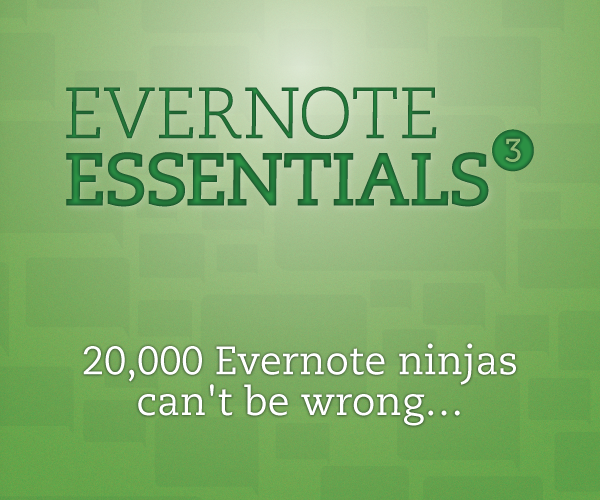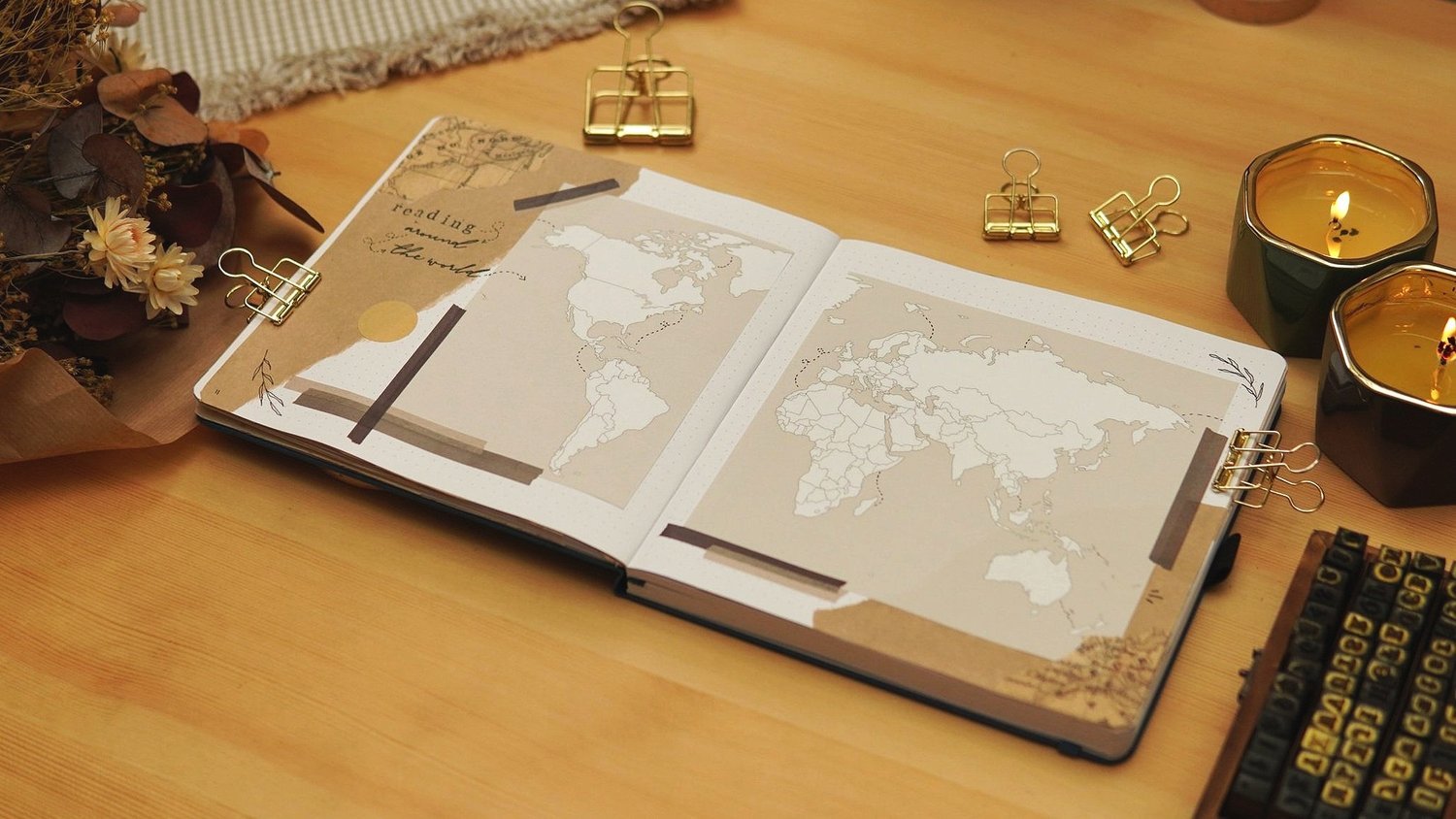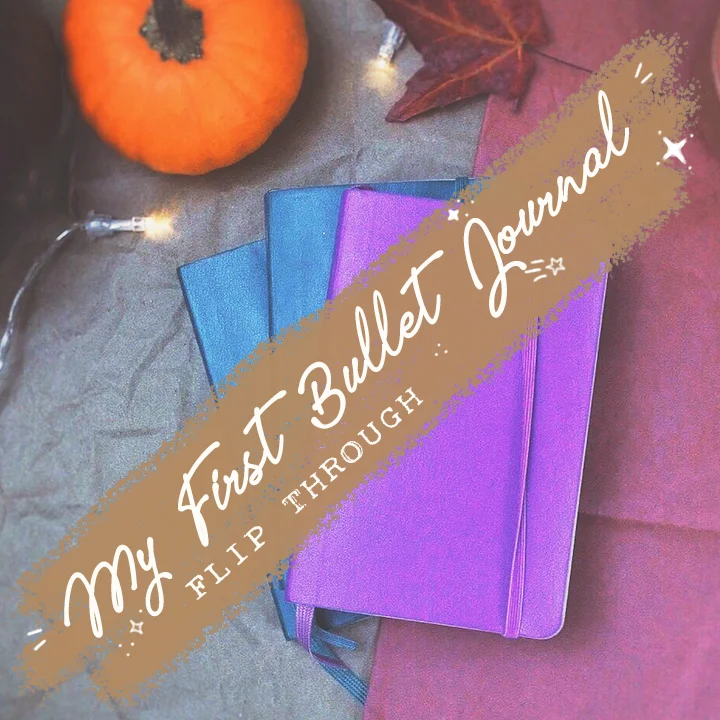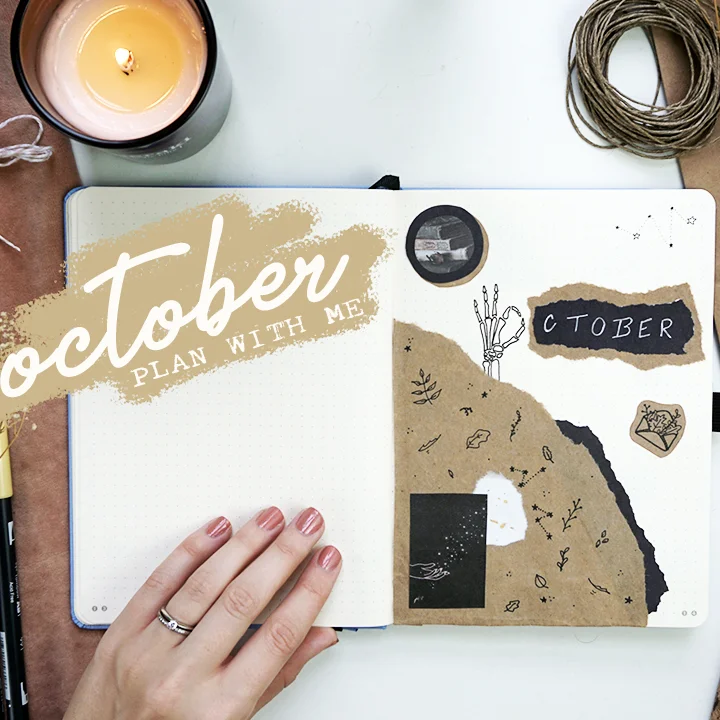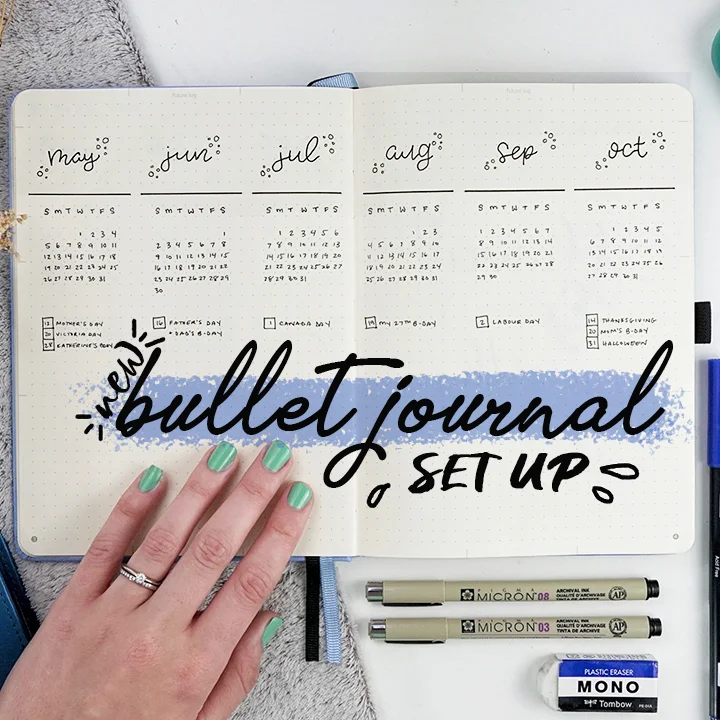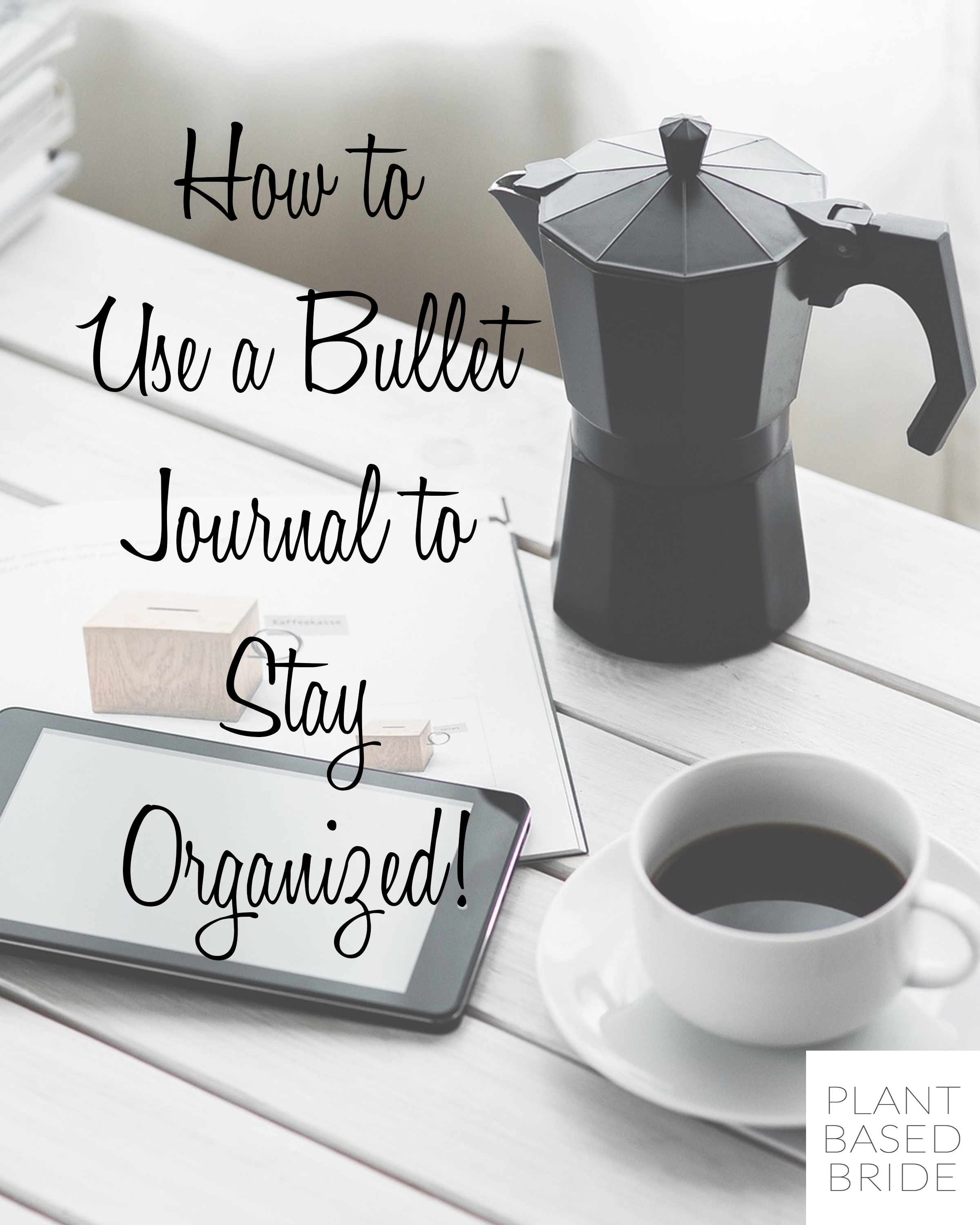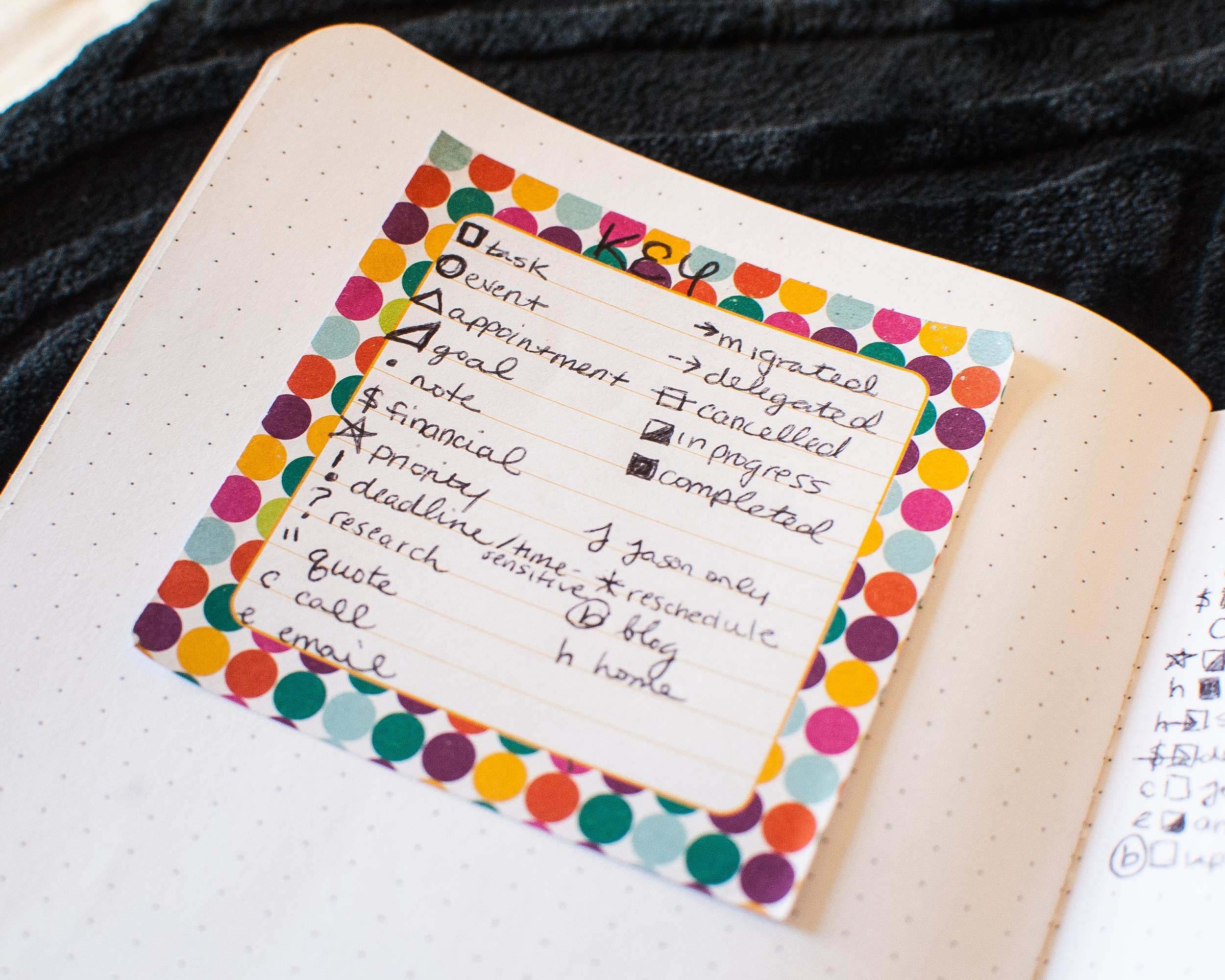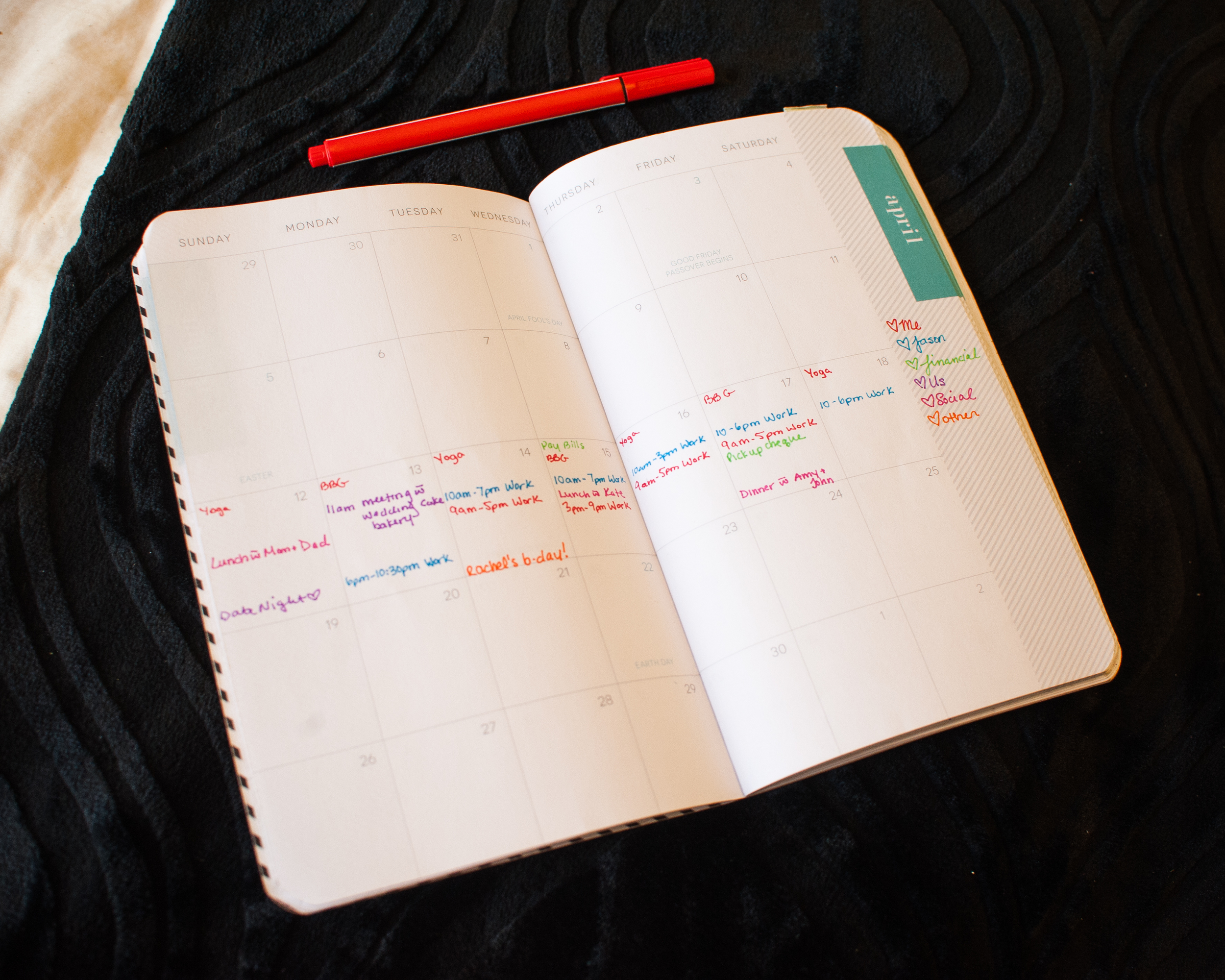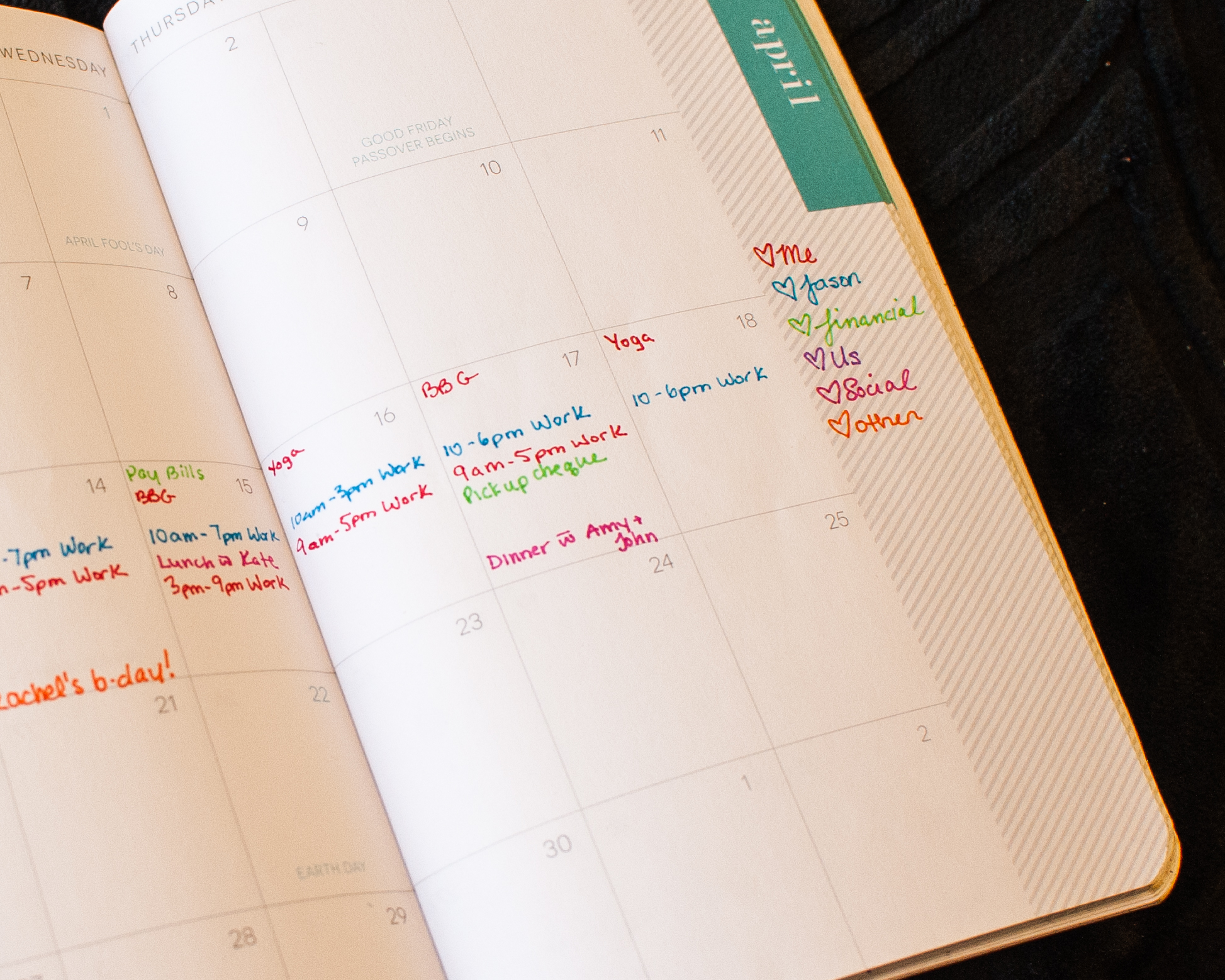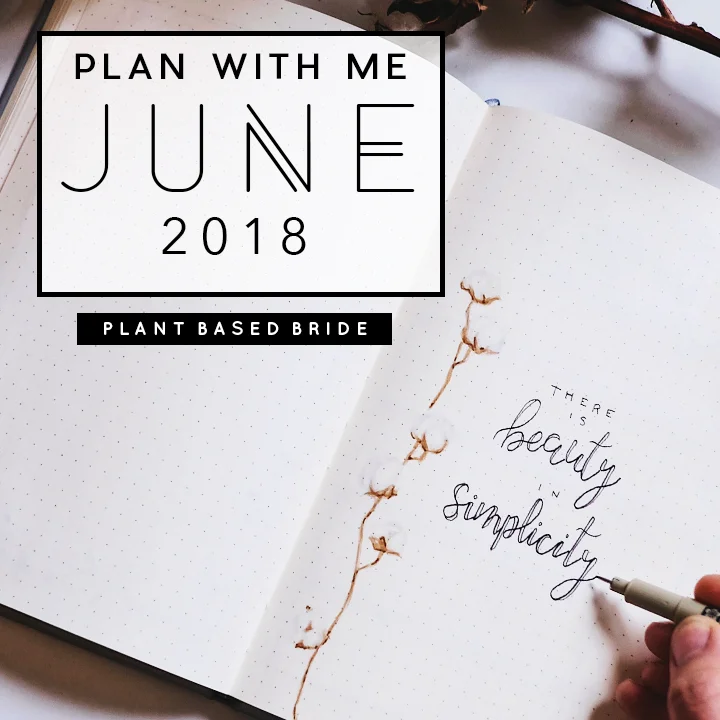
the blog.
5 Steps for Setting Great Goals
I've always thought that goal setting on January 1st was a bit funny. I don't mean the goal setting, of course, but the specific date. I'm not the only one, right? While I understand the appeal (I am incredibly organized and that part of me loves the simplicity and symmetry) I always wondered what the point was of waiting as many as 11 months just to start a new habit. And yet, despite knowing better, I tend to wait for special dates to review and reiterate my goals. So sue me! Entering a new year of life seems like as good a time to remind myself of what I'm striving for as any, and since I recently had a birthday, I've had goals on the brain. Here are my 5 steps to setting great goals (and a fun freebie)!
I've always thought that goal setting on January 1st was a bit funny. I don't mean the goal setting, of course, but the specific date. I'm not the only one, right? While I understand the appeal (I am incredibly organized and that part of me loves the simplicity and symmetry) I always wondered what the point was of waiting as many as 11 months just to start a new habit. And yet, despite knowing better, I tend to wait for special dates to review and reiterate my goals. So sue me! Entering a new year of life seems like as good a time to remind myself of what I'm striving for as any, and since I recently had a birthday, I've had goals on the brain. Here are my 5 steps to setting great goals (and a fun freebie)!
STEP ONE: Don't Make Too Many
Too many goals can make it far too easy to get overwhelmed and give up on everything. We don't want that to happen! Five seems to be the perfect number according to studies on productivity, with seven as the maximum you want to focus on at one time. Start by brainstorming all of the things you'd like to improve on or achieve and then narrow it down to the few that REALLY get you excited. The more passionate about something you are, the harder you'll work to make it happen. If a goal doesn't light a fire in you, it's not the right thing to spend your time and effort on. Think about it and tweak it until it really gets you going!
STEP TWO: Remember to be SMART
The SMART method of goal setting has become well known, for good reason. Following these guidelines will help you make effective goals that you can actually accomplish!
- S - SPECIFIC. The more general a goal, the less likely you are to achieve it. Spend some time thinking about your goal and determining what it is in particular that is the most important part of it to you, and focus on that. You want to be really clear about what you want! Bad: "Start a blog." vs Better: "Start a blog called Plant Based Bride about veganism, wedding planning, and living a plant based lifestyle."
- M - MEASURABLE. You don't want to be left wondering whether or not your goal was achieved. Quantify what success means to you for this particular goal so that you know what you're striving for, exactly! Bad: "Lose weight." vs Better: "Lose 10 pounds."
- A - ATTAINABLE. Do you have control over what you're trying to do? If the goal isn't in your power don't waste your time and energy on it. Is it doable and reasonable? Don't make it too hard to achieve, this will make you feel defeated from the beginning, but remember that it's also not a good idea to make it so easy that you aren't motivated by the idea of achieving it. Bad: "Make Stan fall in love with me." vs Better: "Ask Stan out on a date."
- R - RELEVANT. Relevance can be hard to determine. Ask yourself these questions to help: Is your goal applicable to where you are in your life right now? Is it worthwhile? Will it meet your needs? Does it bring you closer to your long term plans and is it consistent with the person you want to be and your other goals? Bad: "Memorize all of the presidents of the United States in chronological order." (for me, as a Canadian with no particular interest in American political history, this is an irrelevant goal.) vs Better: "Spend 15 minutes reading about the upcoming Canadian federal election every day."
- T - TIMELY. Deadlines are so important. Without one, a goal is just a dream. Make sure to pick the day by which your goal must be completed. It will establish a sense of urgency, causing you to manage your time better and work on your goal daily! Bad: "Learn to do a backflip." vs Better: "Learn to do a backflip by February 1st, 2016."
STEP THREE: Write Them Down
Make sure to write down your goals and put them somewhere where you'll see them every day. Reviewing your goals often is so important to keep you on track and focused! When you write down your goal be sure to break it down into at least 3 small, actionable steps you can take towards achieving it. Each time you see your goal, ask yourself what the next step is that you can take to get that little bit closer!
STEP FOUR: Get Support
New research implies that telling people about your goals may make you less likely to achieve them, as your mind associates the pleasure it gets from recognition from others with being closer to reaching your goal than you actually are. With that in mind, if you need support, don't hesitate to ask for it. Whether it's your spouse, your best friend, or someone you meet on the internet, asking for help isn't failure. Getting advice and learning from others' experiences when you need to is simply the smart thing to do!
STEP FIVE: Take Small Steps Every Day
Don't just write down actionable steps, take those steps! Spend at least 5 minutes a day on working towards your goal. It's not the big things we do infrequently but the small things we do consistently that make the biggest impact!
Related Blog Post: How To Use A Bullet Journal To Stay Organized!
Use these 5 steps to set your goals and then get to work on achieving them! I created a couple printables to make your goal setting even easier. Get them for free when you sign up to the Plant Based Bride newsletter!
I purposefully made the printables unisex so that everyone can enjoy the power of smart goals without too much glitter or pink getting involved. (You're welcome, Jason.) I will try to get the link to your inbox as soon as possible, and within 24 hours at the most! Be patient with me as I am a one woman operation :)
Until next time...
What's your number one goal right now? Is there anything you do differently when goal setting that works for you? I'd love to hear about it! Let me know in the comments or on social media (@elizabethturn on instagram and twitter and Plant Based Bride on Facebook)!
Don't forget to subscribe to the Plant Based Bride newsletter so that you never miss a post and get your FREE goal setting printable pack made by yours truly!
How to Use a Bullet Journal to Stay Organized!
I have always loved organization and have used a daily planner for years. Recently I came across the "bullet journal" approach, which I have absolutely loved! I wanted to share what I do with all of you in case it works for you as well as it has been working for me!
I have always enjoyed organization, since a very young age. I LOVED back to school shopping, not so much for the clothes, but for the trip to Staples where I could buy new notebooks, binders, dividers, pencils, pens, highlighters, scissors, staplers, and so, SO, much more. (Sorry Mom and Dad). As early as elementary school I used bullet points and headings, highlighted, and colour coded my notes. Everything in its place, and all that.
All of this early school organization carried on into my adult life in the form of (surprise, surprise) a daily planner. Over the years my daily planner has taken many forms, but in recently it has been a small pocket notebook with each day's to do list and appointments. While I like this format, and am now using something relatively similar, I had trouble distinguishing between different types of tasks and items and organizing tasks that didn't get done. I did some research into how other people organize their daily planners and came across the "bullet journal" approach, which immediately intrigued me. It was created by Ryder Carroll and is a pretty cool system! I started my own trial and have absolutely loved it. I wanted to share my variation with all of you in case it works for you as well as it has been working for me!
What is a Bullet Journal?
Basically, a bullet journal is an organizational system that you can use in your to do lists, notebooks or daily planners to speed up the time it takes you to make an entry and find what you're looking for.
Creating a Key
A key is used to remember the symbols you choose to use to make your journal faster to write and easier to read. I wrote my key on a post-it note so that I could move it from page to page as a reference, but many simply write it on the first page of their notebook. Some parts of my key I use daily, while others I only use from time to time. I haven't implemented this system fully into all of my general notebooks, but when I do I'm sure the other symbols will come in quite handy!
The symbols I use the most frequently are:
- the square for my tasks,
- the circle for events,
- and the bullet point for notes.
The signifiers I use the most are:
- the wide star for priority items,
- the thin star for items to be rescheduled,
- the circled "b" for blog tasks,
- and the "c" and "e" symbols for calls and emails.
The 5 status symbols in the upper right hand corner of my key are as follows:
- an arrow to show that the task was migrated,
- a dashed arrow to show that the task was delegated,
- a line through the symbol to show that the task was cancelled,
- a half filled in symbol to show that the task is in progress,
- and a completely filled in symbol to show that the task was completed.
A Day in the Life of a Bullet Journal
I usually write my daily plan the night before or in the morning over a cup of coffee with my fiancé. Here is an example of what a day might look like in my bullet journal:
I start by writing the date, and under that start to write in tasks and events I have scheduled for the day. I also like to write an hour by hour planner to the right of my bullet journal points to have a visual cue of tasks or events by time of day (this is not part of the bullet journal system, just something I like to use!). As the day progresses I add items as needed and fill them in as they are completed. When I realize that an item won't be done that day, or decide not to do it until another time, I write in the migrated arrow. If I'm migrating it to the following day I don't bother to add a date, but if it's being moved further into the future I'll write a little date to the left of the signifier. If things come up during the day that I want to remember but aren't specifically a task, I'll add them after a bullet point to represent a note. At the end of the day I'll review the items, filling them in if they were completed and migrating or cancelling them if they weren't, depending on if they are still necessary.
Numbering Pages and Indexing
Another great part of the bullet journal system is numbering pages and creating an index either at the front or the back of your notebook to keep track of important entries you might want to refer to again and again. I haven't found this necessary in my daily planner (as the entries are chronological and easy to find), but have tried it in my general notebook and found it SO helpful!
Now, some people use their bullet journal for everything; daily planning and otherwise. The problem with that method for me is that I like to take my daily planner everywhere in my purse, so I like it to be small and portable. However, when I'm working on planning (my wedding, finances, meals, or blog posts), taking notes, or anything else I may need a paper and pen to do, I like to use a full 8.5x11 page. Since these preferences aren't compatible, I keep my daily planner and general notebook separate.
Monthly Planning
I love using a calendar to see my month at a glance, and this is where I like to play with colour! I find that it's easier to write with one pen day to day, as I can easily bring it with me and add things wherever I am without messing with my colour system. If it made practical sense to carry six coloured pens with me in my purse everywhere I went I would colour-code my daily planning, too, believe me!
Here's the month view in my daily planner:
And a close up of an example week:
I've found in the past couple months of using this planner that six colours is enough to cover the most frequent events that come up in my life. Red (my favourite colour) is for things that I'm doing alone (going to work, working out), blue is for things my fiancé, Jason, is doing alone, green is for all financial reminders (like paying bills or picking up a cheque), purple is for activities that Jason and I do together (date nights, grocery shopping, weekend trips), pink is for social events with friends, and orange is for everything else (general reminders, important dates, medical appointments, and the like). I love this method as it keeps me organized AND looks pretty! What could be better than that? I write events into my calendar as soon as I hear about them so that I won't forget anything, adding them to my daily tasks once I'm planning that particular day.
You Might Also Like: 5 Steps For Setting Great Goals
So you want to start a bullet journal...
My advice for anyone thinking of implementing the bullet journal system into their life (and I recommend it whole-heartedly!) is to first take a look at the original creator's website. Once you have a feel for the original system I suggest you check out what different people are doing to get inspired and then throw away anything you don't need and make your own version! You can add or delete things as you go to find what works best for you, and sooner than you'd think you'll find you have an awesome, tailor-made system that keeps you organized and on track all day long!
For a starting place to check out other examples of bullet journals, take a look at my organization board on Pinterest, where I have tons of organizational tips and tricks:
I'd also suggest using a journal with dots or a grids over lines, as I feel they lend themselves better to this system. I really love my May Designs notebook with two-page calendars for every month of the year followed by dotted pages. They have all kinds of different formats for the interior of your notebook, as well as fun personalized exteriors, so you should really check them out! (I am not being paid to rave about May Designs, I'm only middle obsessed with them. Just ask my fiancé!) With all of that said, I hope you give bullet journalling a try and that you get as much out of it as I have so far!
Until next time,
Are you going to start a bullet journal? Let me know in the comments below! Alternatively, do you already use this method? I'd love to hear what you think about it and what you do differently!
Also, be sure to use the sign up form at the bottom of the page to get updates from me and new blog posts right to your inbox!





